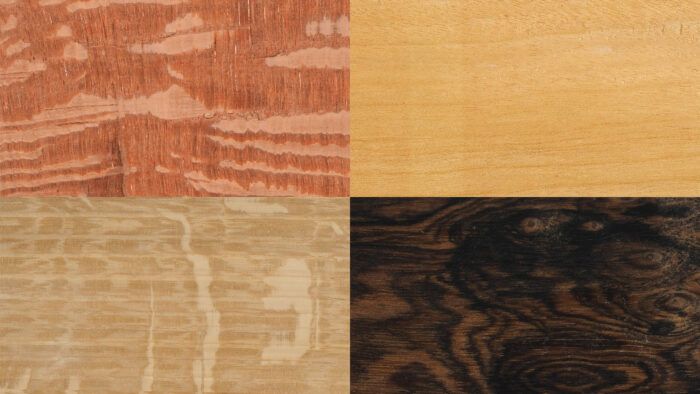
[ad_1]
What’s the distinction between open- and closed-grain wooden? Understanding wooden at a mobile degree isn’t needed for woodworking, however I discover the data provides me an additional device in my arsenal. Having a deeper relationship with the fabric I work with has an affect on how I choose and use it, and may drastically change the ultimate product. Wooden choice goes past simply coloration; since furnishings is an interactive expertise, utilizing totally different species to make artistic decisions in texture can change the feel and appear of a bit solely. In some functions, there are issues like gluing and ending that dictate what species to make use of. Open- and closed-grain wooden is simply one of many many distinctions you can also make between species, and is an effective instance of the significance of choosing correct materials for a undertaking.
Underneath the floor
All wooden species break down equally at a mobile degree, the excellence is discovered between how several types of cells are distributed by the wooden. I typically evaluate wooden grain make-up to a bunch of straws. A tree requires pathways that offer vitamins to the leaves and branches; these run by the trunk and limbs. What nearly all of woodworkers make the most of, particularly with kiln-dried wooden, is the trunk of the tree. The distinction between softwood and hardwood may be deciphered by analyzing the make-up of cells.
Softwood, or coniferous woods, have cells referred to as tracheids. These act as conductors for vitamins provided to the tree. Particular person tracheids are often seen beneath a magnifying lens; to the bare eye they seem as various textures. What we think about open and closed grain has largely to do with texture. Bigger pores are extra frequent in earlywood, which is made up of the expansion made early within the season. Bigger, thin-walled tracheids provide extra vitamins to the tree throughout this season. Later within the season, tracheids develop into smaller whereas partitions develop into thicker and extra dense, offering power and rigidity to the tree when the climate turns colder.
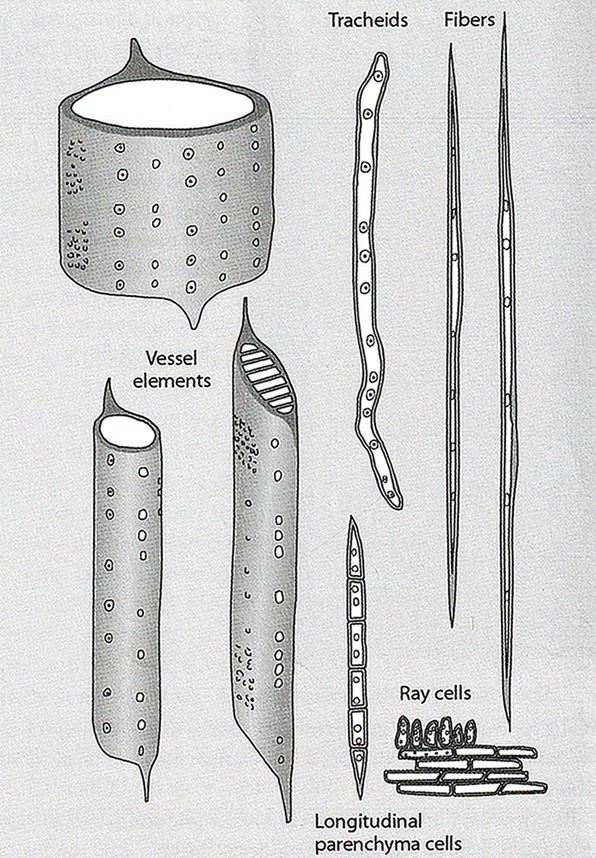
Earlywood and latewood may be differentiated as progress rings in a cross part of the tree. Resin canals, or resin ducts, are distinctive to softwood and extra outstanding in species like pine. Nearly all of softwoods may be thought of closed-grain wooden, since tracheids are solely 20-60 micrometers extensive in most species.
Hardwood has a wider variation of cells, together with vessel components, that are bigger conductors with skinny partitions. These are distinctive as a result of the cells are open from finish to finish, not like tracheids, that are closed. The vessel components are seen to the bare eye and seem on cross sections, or the tip grain, of wooden. These open-ended cells are referred to as pores. By this terminology, hardwoods and softwoods are porous and nonporous woods. Since hardwoods comprise each massive concentrations of those massive and small pores, they’re extra typically thought of open-grain wooden. Fibers encompass these cells and supply rigidity.
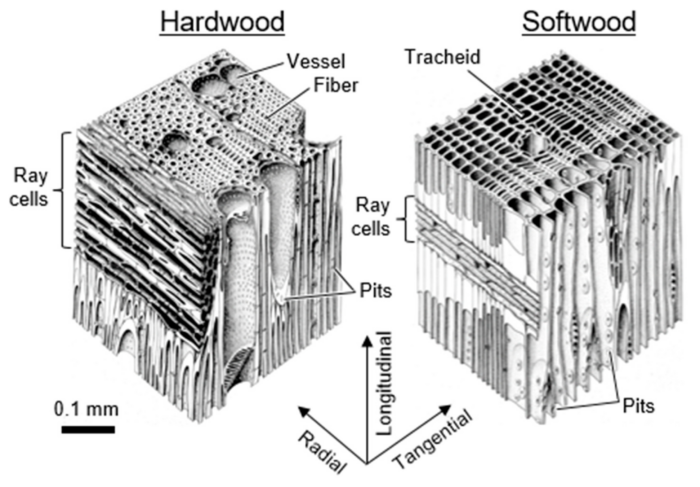
Ray cells may be seen from the face of the wooden, as they run from the middle of the tree outward. These conductors are skinny walled and may be fragile and create massive open pores. The final kind of cell that’s vital in figuring out closed- and open-grain woods are tylose: bubblelike cells that sit between early and late wooden and block vessel conductivity. These are extra outstanding and visual in sure species, akin to white oak.
What we will see
Open- and closed-grain woods are typically categorized by what we will see with the bare eye. Mobile make-up can assist additional determine these woods and perceive what you see. Seen pores are discovered on open-grain wooden like oak, ash, and hickory. Closed-grain woods akin to maple, walnut, and cherry have pores that aren’t seen to the bare eye.
When to make use of open- or closed-grain woods
These variations are vital in the case of selecting wooden for a selected use. For many furnishings makers, aesthetics are the first purpose to pick open- vs. closed-grain woods. However there are a number of sensible functions as effectively. The excessive amount of tylose cells in white oak prevents water passage, making it preferrred for issues like whiskey barrels. Woods with a focus of pores in earlywood make wooden straightforward to separate for basket making. A extra even distribution of pores with the identical measurement make a wooden preferrred for carving. Many flooring functions put on in a different way over time as a result of change in cell wall thickness.
Additionally it is vital to think about the wooden’s texture when utilizing adhesives and finishes. Pine could end erratically as a consequence of resin canals and the change in density between earlywood and latewood. Open-grain woods might have a wash of diluted glue earlier than the ultimate glue-up to realize a non-porous adhesion floor. I lately selected beech wooden, a closed-grain wooden, for a undertaking that may be uncovered to moisture and paint typically. Closed-grain wooden can also be preferrred for food-safe reducing boards and utensils. There are a lot of methods to work with and round these components, however anticipating the potential points and utilizing species that work in our favor may be simply as vital as selecting right joinery.
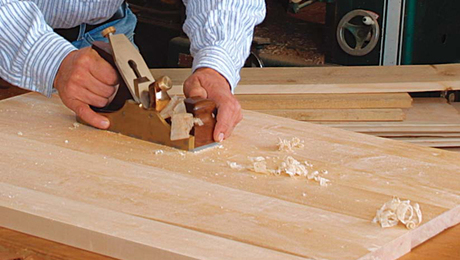 |
Figuring out grain pathGuidelines of Thumb: Understanding wooden grain improves your success with hand and energy instruments |
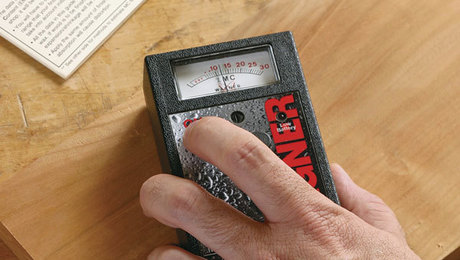 |
All about wooden scienceTo cite R. Bruce Hoadley, “Wooden comes from bushes. That is a very powerful reality to recollect in understanding the character of wooden.” |
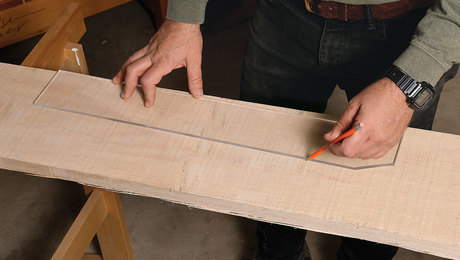 |
Ideas for locating the very best grain in a boardMason McBrien’s suggestions will assist any woodworker get probably the most out of their lumber stash–with out sacrificing stunning grain choice. |
Join eletters as we speak and get the newest strategies and how-to from Wonderful Woodworking, plus particular gives.
[ad_2]
